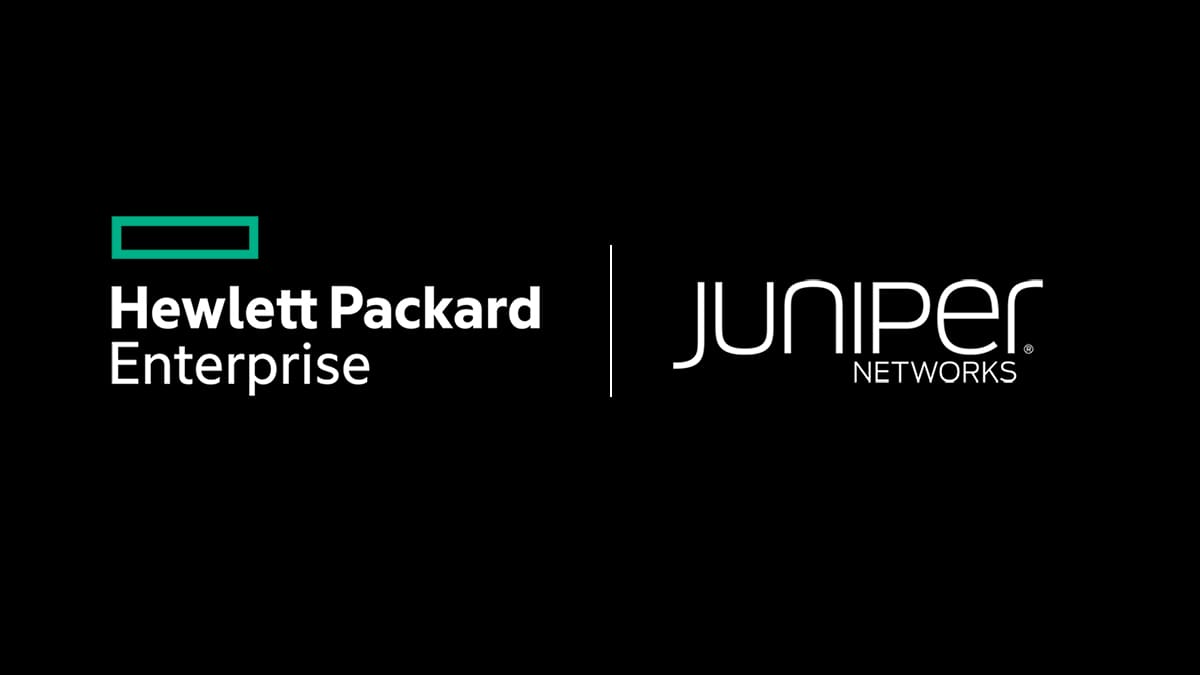The U.S. Department of Justice (DOJ) has given the green light to Hewlett Packard Enterprise (HPE)‘s acquisition of Juniper Networks, a multimillion-dollar deal that reshapes the landscape of enterprise network infrastructure. However, this approval comes with significant conditions aimed at preventing excessive market concentration.
With this agreement, the DOJ seeks to preserve a fair competitive environment in the enterprise networking and WLAN (wireless local area network) solutions sector—a key segment for connectivity in campuses, offices, and smart data centers, where both HPE and Juniper are strategic players.
A Deal Approved Under Strict Conditions
According to the official statement from the DOJ, the agreed-upon deal requires HPE to divest its "Instant On" business, which focuses on WLAN solutions for small and medium-sized enterprises. This unit includes assets, intellectual property, R&D staff, and customer relationships, and must be sold to a buyer approved by the Department within a maximum of 180 days.
Additionally, the merged company will have to allow independent competitors to license the source code of Juniper’s AIOps AI software for Mist, a crucial component in the automated management of wireless networks. The agreement specifies that a public auction will be held to license this software under perpetual, non-exclusive licensing conditions, potentially including transitional support and personnel transfer to facilitate competition.
The Goal: Preventing Technological Monopolies
This regulatory intervention highlights the increasing scrutiny by U.S. authorities on technology merger activities. According to the DOJ, this represents a "novel solution to unique competition challenges," a strategy that, according to their spokespeople, avoids prolonged litigation and effectively protects consumer interests.
Chad Mizelle, Chief of Staff at the DOJ, expressed satisfaction with the outcome: “Our attorneys will continue to fight and win to defend the American people and consumers.” Meanwhile, Gail Slater, Deputy Assistant Attorney General of the Antitrust Division, praised the "tireless" work of the legal team that led the case.
Background of the HPE–Juniper Merger
HPE’s acquisition of Juniper was announced as a strategic move to strengthen its position in applied artificial intelligence for networks, edge computing, and cloud infrastructure. With this integration, HPE aims to compete more directly with giants like Cisco and Arista, consolidating a more robust portfolio under its Aruba platform and Juniper’s advancements in software-defined networking (SDN) and automation.
However, this merger also raised regulatory concerns due to the high degree of overlap in the WLAN segment and the potential consequences for enterprise customers, particularly those seeking viable alternatives in a market dominated by a few suppliers.
A Signal to the Market: Regulation Without Stifling Innovation
The DOJ’s decision sends a clear message: corporate growth does not have to conflict with the defense of competition. Instead of blocking the merger, the agency has chosen to condition its approval on specific commitments to guarantee third-party market access and prevent exclusionary practices.
Such measures align with a growing trend among global regulators: permitting strategic mergers without resulting in de facto monopolies.
What’s Next?
In the next six months, HPE must execute the agreed divestiture, launch the auction for the Mist AIOps source code, and demonstrate compliance with the DOJ’s requirements. Only then can it fully integrate Juniper’s capabilities into its operational structure.
In the meantime, market analysts are closely observing how competition in the enterprise networking market will evolve, and whether new players will fill the gap left by the sale of “Instant On.”

